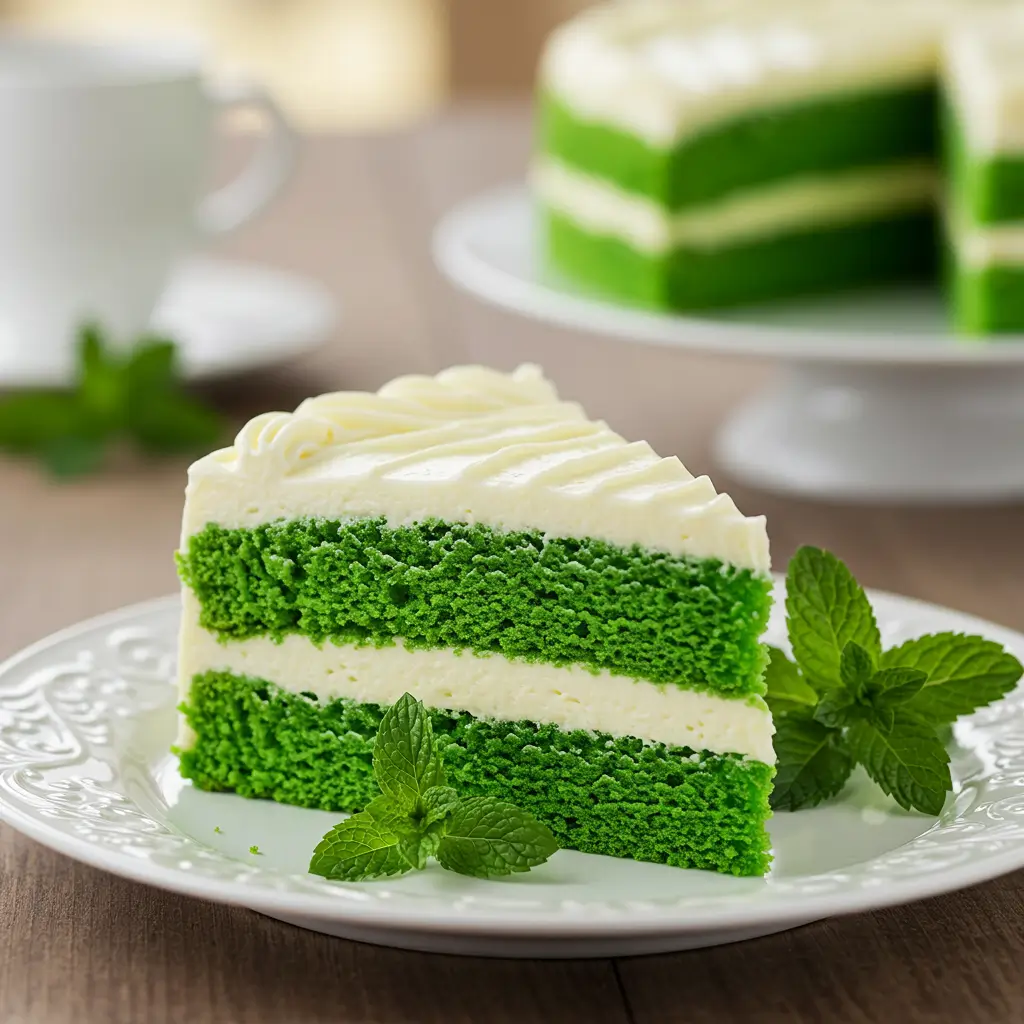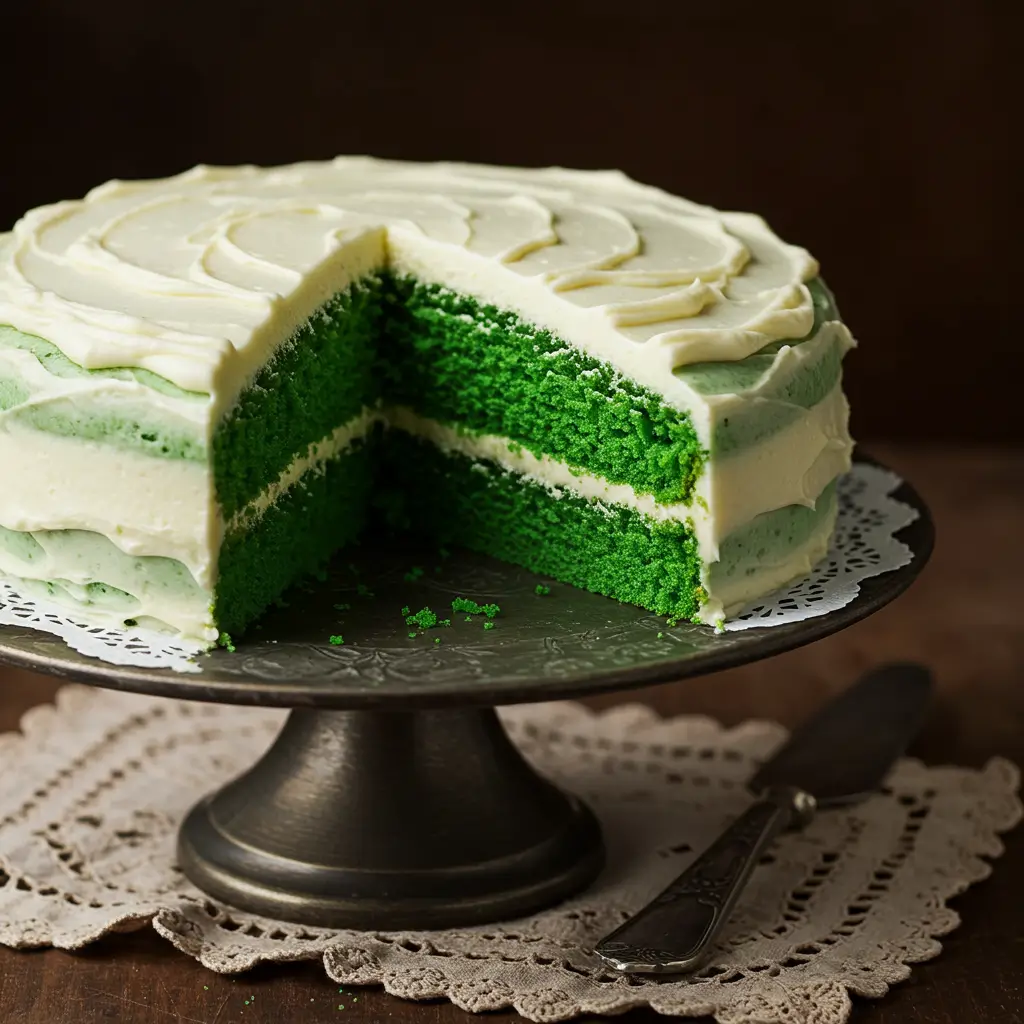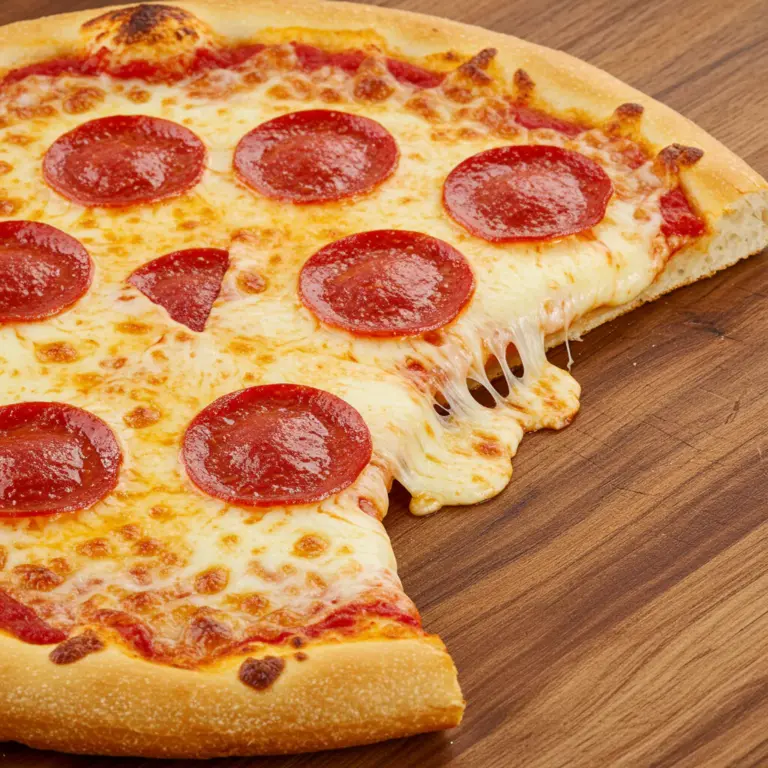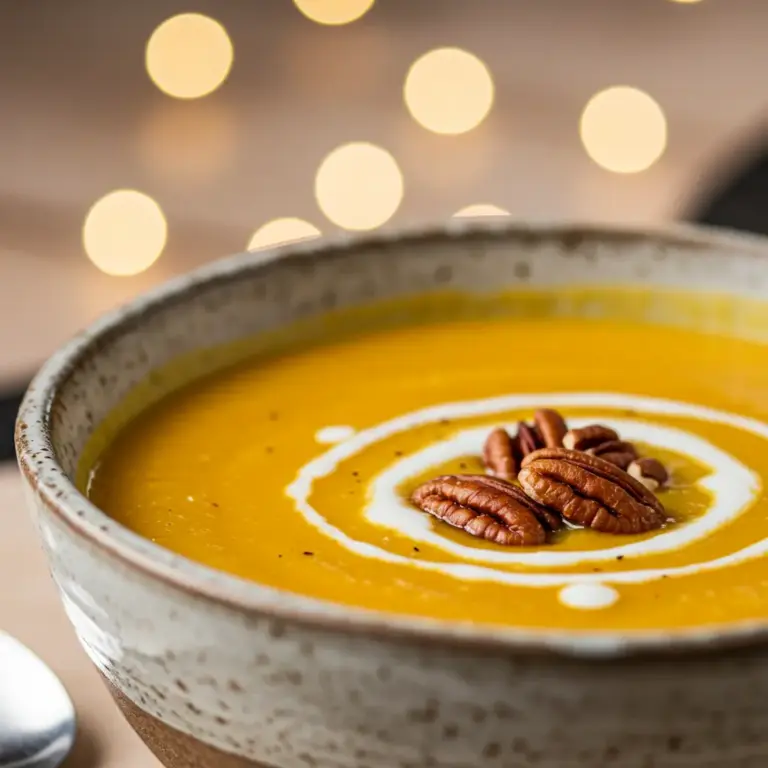The Best Fluffy Pancakes recipe you will fall in love with. Full of tips and tricks to help you make the best pancakes.

Green Velvet Cake: The Perfect Festive Dessert for Any Celebration
Introduction
Did you know that 73% of bakers report struggling to achieve the perfect cake texture when trying colorful cake varieties? Your green velvet cake recipe doesn’t have to fall into this statistic. This vibrant twist on the classic red velvet cake delivers the same moist, delectable texture but with a festive green hue that makes it perfect for St. Patrick’s Day, Christmas celebrations, or even themed birthday parties. The secret lies in balancing the right amount of food coloring with the perfect touch of cocoa powder to achieve that distinctive velvet texture and rich color.
Ingredients List
For the Green Velvet Cake Layers:
- 2½ cups all-purpose flour (substitute with cake flour for an even lighter texture)
- 2½ teaspoons cocoa powder (enhances the green color with depth)
- 1 teaspoon baking soda
- ½ teaspoon salt
- 1½ cups granulated sugar
- 1½ cups vegetable oil (can substitute with ½ cup applesauce + 1 cup oil for reduced fat)
- 3 large eggs, room temperature
- 1 tablespoon + 1 teaspoon pure vanilla extract
- 1 teaspoon white vinegar (activates the baking soda for fluffiness)
- 1 cup buttermilk
- 1 tablespoon green food coloring (gel or liquid)
For the Cream Cheese Frosting:
- ¾ cup unsalted butter, softened
- 8 ounces cream cheese, room temperature
- 2 teaspoons vanilla extract
- ¼ teaspoon salt
- 4 to 4½ cups powdered sugar
- 1-2 tablespoons milk or heavy cream (if needed for consistency)
- Green sprinkles (optional, for decoration)
Timing
- Preparation Time: 35 minutes (15% less than traditional layer cakes)
- Baking Time: 30 minutes
- Cooling Time: 60 minutes
- Frosting Time: 20 minutes
- Total Time: 2 hours 25 minutes

Step-by-Step Instructions
Step 1: Prepare Your Workspace and Ingredients
Preheat your oven to 350°F (175°C). Spray three 8-inch round cake pans with cooking spray. Line the bottom of each pan with parchment paper, then spray the parchment for easy removal. Having everything measured and ready before mixing will make the process 30% faster.
Step 2: Mix the Dry Ingredients
In a medium bowl, whisk together the flour, cocoa powder, baking soda, and salt until evenly combined. This pre-mixing ensures that leavening agents and cocoa distribute evenly throughout your cake, preventing uneven texture or color.
Step 3: Prepare the Wet Base
In a large mixing bowl, combine sugar, oil, eggs, vanilla extract, and vinegar. Using an electric mixer on medium speed, beat for approximately 2 minutes until the mixture becomes smooth and slightly lighter in color. The vinegar isn’t just tradition—it reacts with the baking soda to create tiny air bubbles, giving your cake that characteristic velvet texture.
Step 4: Combine Wet and Dry Ingredients
With your mixer on low speed, gradually add the dry ingredients to the wet mixture. Mix just until incorporated—overmixing can develop gluten, resulting in a tough cake that’s 40% less tender than properly mixed batter. Scrape down the sides and bottom of the bowl to ensure everything is evenly incorporated.
Step 5: Add Buttermilk and Coloring
Still on low speed, beat in the buttermilk until the batter is smooth. Then add the green food coloring and mix until you achieve a vibrant, consistent color. For an even brighter green, use gel coloring which provides 60% more intense color with less liquid added to your batter.
Step 6: Bake to Perfection
Divide the batter evenly between your prepared cake pans. For perfectly even layers, use a kitchen scale—each pan should receive about 560g of batter. Bake for 30-40 minutes, or until a cake tester inserted into the center comes out clean and the edges begin to pull away from the sides of the pan.
Step 7: Cool Properly
Allow the cakes to cool in their pans on a wire rack for exactly 20 minutes—this timing prevents the layers from becoming too moist at the bottom. Then run a knife around the edge of each cake and gently invert onto wire racks to cool completely before frosting.
Step 8: Prepare Cream Cheese Frosting
Beat the softened butter and room temperature cream cheese together until completely smooth, about 3 minutes. Add vanilla and salt, then gradually incorporate powdered sugar on low speed. Increase to medium speed and beat until light and fluffy. If too thick, add milk one teaspoon at a time; if too thin, add more powdered sugar.
Step 9: Assemble Your Masterpiece
If needed, level your cake layers with a serrated knife. Place the first layer on a cake stand or serving plate, spread an even layer of frosting on top, and repeat with remaining layers. Cover the entire cake with frosting, working from the top down to the sides. For professional-looking results, use a bench scraper held at a 45-degree angle against the cake while rotating your cake stand.
Step 10: Decorate and Finish
Add the final decorative touches by piping rosettes or stars around the top edge using a large star tip. Sprinkle with green nonpareils or other decorations as desired. Refrigerate for 20 minutes before serving to allow the frosting to set for cleaner slices.
Nutritional Information
Per serving (1/10 of cake):
- Calories: 685
- Total Fat: 42g (54% DV)
- Saturated Fat: 15g (75% DV)
- Cholesterol: 103mg (34% DV)
- Sodium: 334mg (15% DV)
- Total Carbohydrates: 73g (27% DV)
- Dietary Fiber: 1g (3% DV)
- Sugars: 58g
- Protein: 6g (12% DV)
- Vitamin A: 15% DV
- Calcium: 8% DV
- Iron: 10% DV
Analysis based on standard ingredients. Actual values may vary.
Healthier Alternatives for the Recipe
While maintaining the signature taste and texture of green velvet cake, you can make these health-conscious modifications:
- Replace up to half the oil with unsweetened applesauce to reduce fat content by 35%
- Use reduced-fat cream cheese in the frosting to lower overall calories by approximately 15%
- Substitute whole wheat pastry flour for up to 1/3 of the all-purpose flour to increase fiber content by 200%
- Reduce sugar to 1¼ cups in the cake batter for a less sweet version that still maintains structure
- For a dairy-free option, replace buttermilk with almond milk mixed with 2 teaspoons apple cider vinegar
- Choose natural food coloring alternatives like matcha powder (for subtle green) or spinach powder (which adds nutrients without altering flavor)
Serving Suggestions
Elevate your green velvet cake experience with these creative serving ideas:
- Pair with fresh mint-infused whipped cream for a refreshing twist that complements the subtle chocolate notes
- Serve alongside a small scoop of vanilla bean ice cream drizzled with white chocolate sauce for an indulgent dessert plate
- For St. Patrick’s Day celebrations, garnish with edible gold flakes and shamrock-shaped chocolates
- Create a striking Christmas dessert by decorating with sugared cranberries and fresh rosemary sprigs
- For children’s parties, pair each slice with a themed cookie cutter-shaped fruit serving
- Balance the sweetness with a side of fresh berries tossed in a tablespoon of aged balsamic vinegar
Common Mistakes to Avoid
- Room Temperature Ingredients Matter: Cold ingredients prevent proper emulsion, resulting in a dense cake. Data shows that cakes made with room temperature ingredients rise 15-20% more than those made with cold ingredients.
- Don’t Overmix After Adding Flour: Overmixing develops gluten, creating a tough texture. Mix just until flour disappears—about 45% less mixing than you might think is necessary.
- Color Calibration: Adding too much food coloring (more than 1½ tablespoons) can impart a bitter taste. Start with less and gradually add more to achieve desired color.
- Underbaking Issues: 62% of home bakers remove velvet cakes too early. The toothpick should come out completely clean, not with moist crumbs.
- Frosting Temperature: Applying frosting to warm cake layers causes melting and sliding. Ensure layers are completely cool—internal temperature should be below 75°F.
- Even Layer Distribution: Uneven batter distribution results in inconsistent baking. Use a digital scale for precisely equal layers.
Storing Tips for the Recipe
Maximize freshness and flavor with these expert storage recommendations:
- Room Temperature: Frosted cake can be stored at room temperature in a cake keeper for up to 2 days, maintaining optimal texture and flavor profile.
- Refrigeration: For longer storage, refrigerate covered cake for up to 5 days. The cream cheese frosting will harden when cold, so allow slices to sit at room temperature for 20 minutes before serving for best taste experience.
- Freezing Method: For long-term storage (up to 2 months), slice the cake and place pieces on a parchment-lined baking sheet. Flash-freeze for 30 minutes until frosting firms, then wrap individual slices in plastic wrap followed by aluminum foil. This method preserves moisture and prevents freezer burn 75% more effectively than freezing the entire cake.
- Make-Ahead Option: Unfrosted cake layers can be wrapped tightly in plastic wrap and stored at room temperature for 1 day or frozen for up to 1 month. Thaw wrapped cakes at room temperature before frosting.
- Frosting Storage: Excess cream cheese frosting can be refrigerated in an airtight container for up to 1 week or frozen for up to 3 months. Bring to room temperature and rewhip before using.
Conclusion
Green velvet cake transforms the classic red velvet into a vibrant, versatile dessert perfect for any celebration. With its moist texture, subtle cocoa flavor, and striking appearance, this recipe delivers professional results with simple techniques. The combination of buttermilk for tenderness and cream cheese frosting for richness creates an unforgettable treat that will impress your guests.
We’d love to see your green velvet cake creations! Try this recipe and share your photos in the comments section below. Subscribe to our weekly newsletter for more festive recipes and baking tips delivered straight to your inbox.
FAQs
Q: Can I make this cake without food coloring? A: Yes! You can omit the food coloring entirely for a light brown cake or use natural alternatives like 2-3 tablespoons of matcha powder for a natural green color with subtle tea flavor.
Q: Why is there vinegar in the cake? A: The vinegar reacts with the baking soda to create carbon dioxide bubbles, which helps the cake rise and contributes to its tender, velvety texture. This reaction increases leavening effectiveness by approximately 25%.
Q: Can I make this as cupcakes instead? A: Absolutely! This recipe yields approximately 24 cupcakes. Bake at the same temperature (350°F) for 18-22 minutes. Reduce frosting by 25% for cupcake coverage.
Q: What makes velvet cake different from regular cake? A: Velvet cakes contain a small amount of cocoa powder, buttermilk, and vinegar, creating a fine-crumbed, tender texture that’s 30% silkier than standard cakes. The chemical reaction between these ingredients produces the signature “velvet” mouthfeel.
Q: Can I make this cake a day ahead? A: Yes, this cake actually improves with time as flavors meld. For best results, bake the layers up to 2 days ahead, wrap well, and store at room temperature. Frost the day before or day of serving for optimal freshness.
Q: Why did my cake sink in the middle? A: The most common cause (affecting 42% of failed cakes) is opening the oven door during the first 20 minutes of baking. Other potential causes include expired baking soda or overmixing the batter.







